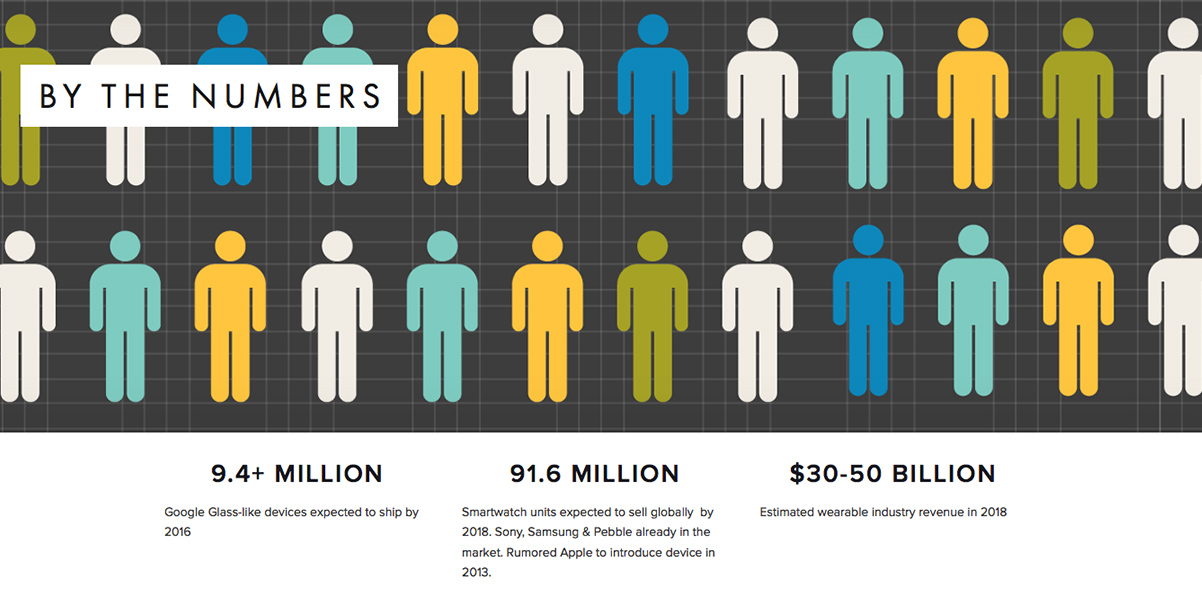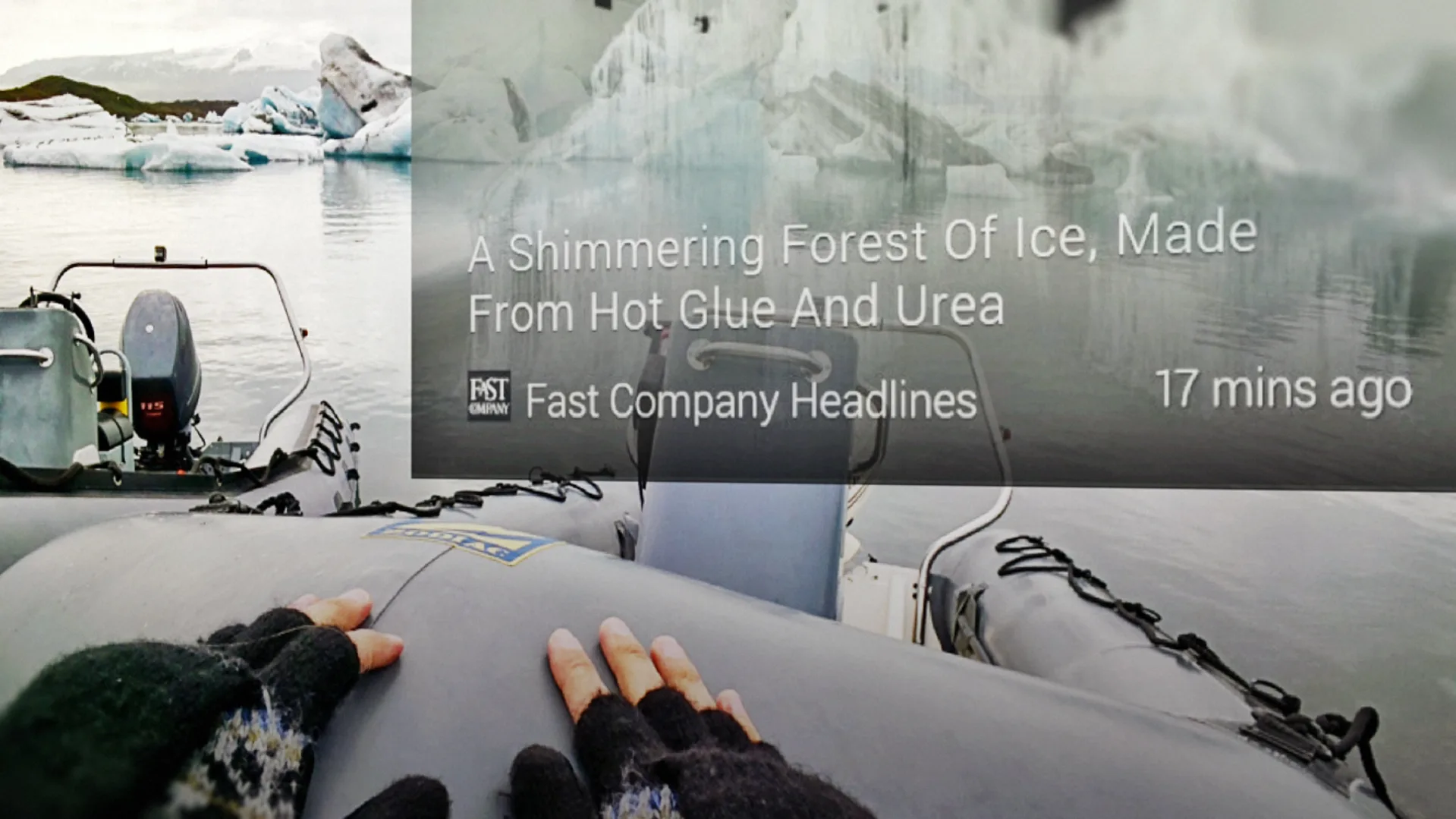As media companies race to adapt to their readers’ increased reliance on smartphones and tablets, creating content for the next frontier of devices–bodily extensions like Google Glass and smartwatches–probably falls into the “to do later” category for many publishers.
Washington, D.C., startup Silica Labs is trying to change that with Wearab.ly, a platform that turns content from existing RSS feeds into apps formatted for wearable devices. Launched earlier this year as Simple Wing with a Google Glass app for National Geographic, the recently rebranded service has now cornered the D.C. media market with new relationships with NPR and Atlantic Media.

With roughly only 10,000 Google Glass users at present, the devices and their usefulness remain an abstraction to most media consumers. But companies including CNN, the New York Times, and Elle have already developed Google Glass apps, and Wearab.ly is designed to give all content creators easy access to what Silica Labs believes is mobile’s next phase. In addition to Google Glass, Wearab.ly works with the Sony Smartwatch, and the company is working to get access to Samsung Gear.
“Publishers don’t have to do any work,” says Silica Labs CEO Marvin Ammori (one of Fast Company’s Most Creative People ’12). “We take their RSS feed and test it to make sure it works, make sure the headlines will come through, the videos and images will come through. On their end, it doesn’t change the workflow at all.” Free of charge to users–publishers pay a monthly fee–the app sends content to the wearable device of anyone who authorizes the publisher’s content.
Wearab.ly was developed by Silica Labs CTO Antonio Zugaldia, who formerly worked for the World Health Organization and was the technical lead for emergency response during the Haiti earthquake (“a real hardcore guy,” says Ammori). The platform’s designer is Stephanie Nguyen, a recent University of Virginia graduate who was featured in AdAge as one of the nation’s Most Promising Minority Students.

The small screen space is what makes wearable devices a different animal when it comes to a mobile content interface. On the existing Google Glass, articles appear as a small card, with a headline and image; tapping allows the user to read more text, or watch a video, or have the text read aloud in the user’s ear. While smartwatches function somewhat differently, Wearab.ly adapts to both device categories because of the similar screen configuration.
Beyond aesthetics, Silica Labs is also already working on app features that capitalize on wearable devices’, well, wearable-ness.
“We have the analytics of who your users are because they have to be authorized through Google login, and we know their location because Glass or your watch all know your location,” says Ammori. “So we can send very relevant, breaking news based on your location. It’s hyperlocal. If you’re walking down the street in New York, we can send you stories about the Lower East Side, or the Upper West Side.” Ammori notes that most publications don’t currently do that kind of geotagging of content, but Wearab.ly aims to introduce this option to users. “We set up our own demo app for D.C. alerts so you know if there’s a traffic jam in Adams Morgan, or if the president’s motorcade is coming through, you can get an alert based on exactly where you are.”
The early-rate deadline for Fast Company’s World Changing Ideas Awards is this Friday, November 15, at 11:59 p.m. PT. Apply today.



